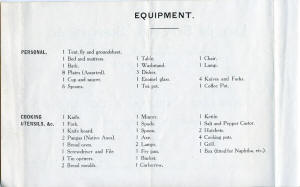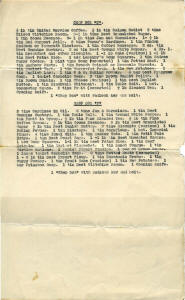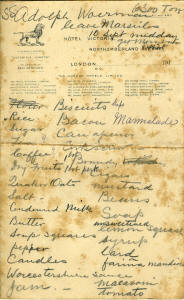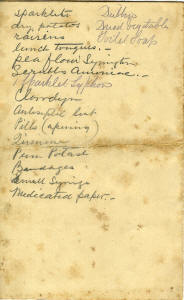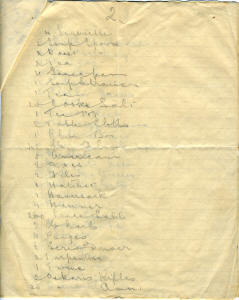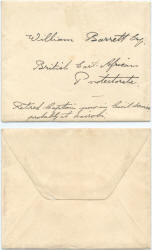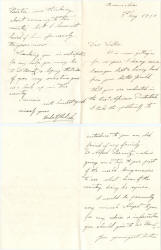|
In 1910, Major Bunbury gave Alfred and Todd permission to hunt on his property.
It is possible one of them may have known the major when he was in
Argentina. We quote from the article, beginning ½
way down its fourth column.

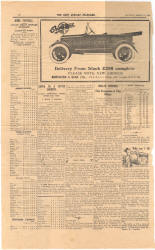
|
Major Bunbury
One more important estate in this district, and adjoining Sir Northrup
MacMillan's - which must be reserved for a special article - is worthy
of description; for its owner, Major Bunburry, is of the original
settlers of the Donyo Sabuk country and has also pioneered industries of
great importance to Kenya. He came here in 1904 and was the first
man to bring sisal into the colony. He planted his first
consignments of this crop brought up from the old German East Territory,
near Athi River Station; but countless herds of game were driven on to
it by a grass fire and they completely destroyed it.
For many years past sugar has been his speciality and he built on this estate of
2,500 acres the first sugar factory in the country. Though only a
comparatively small affair he for years turned out from it quite a
saleable quality of Demerara and Jaggoree; and through absence in
England and ill health, he has not been pushing this industry of late,
he still has five, out of his original nine, varieties of sugar cane
growing on the property.
These are Seeley's Seedling; No. 33; Mazeras Ribbon, Uba; and native cane.
He proposes now to develop this industry further and is planting up
again with the coming rains. There are 400 acres of rich, irrigatble, alluvial
flats alongside the Athi River suited to this crop, 63 of which are
under cultivation. There also 75 acres of
|
coffee in bearing; and, indeed, at least half the property is arable. As are the
neighbouring estates this farm is a splendid stock proposition and would
cut up into attractive dairy farms.
Fine Cattle
East Coast Fever is however endemic and must be guarded against by dipping.
During a stroll down to the sugar factory and irrigation furrow I came
across a fine herd of cattle, all prime fat and standing contentedly up
to their knees in lush green grass; making a superb pastoral scene in
the delightful late afternoon sunshine.
Major Bunbury lived for years on great cattle ranches in the Argentine
before coming to Kenya and is able to make some very interesting
comparisons as to the respective carrying capacity of the two countries.
The best run he knew in South America was fully stocked with 1,500 head
to the square league, lucerne and all, which is roughly equal to ten
square miles (English) or 4.26 acres per head. This is about the
capacity of average our poorest wild upland pasture in this colony; but
in the better grassed country or where care is taken to paddock and
improve it the superiority of Kenya is manifest. The homestead
garden here is full of experiments and its tobacco looked particularly
good. On the irrigable land near the river some coconuts have been
planted and are to-day, twenty feet high.
|



